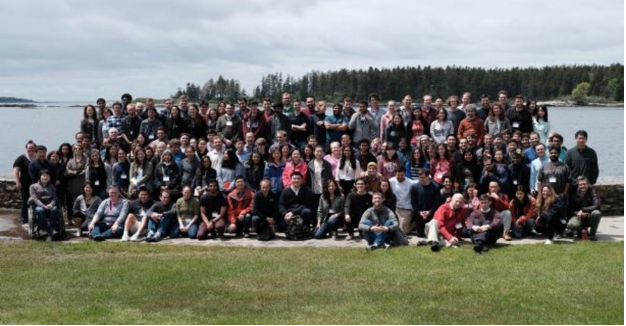

Body of IITR
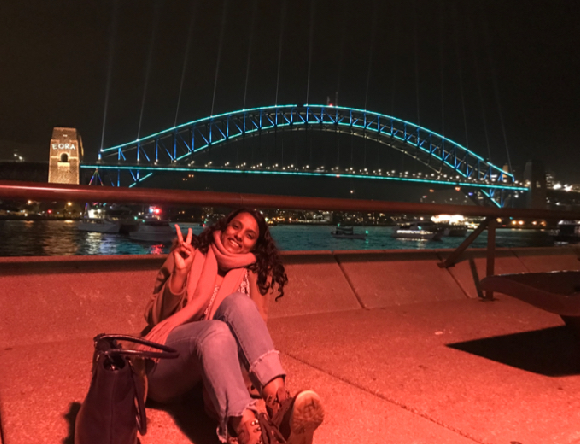
I spent these summers with OzGrav group working on experimental aspects of Gravitational waves (of which I will talk in detail later) at Australian National University, Canberra, for which I was supported by Future Research Talent Award. Before moving ahead, I intend to raze a few myths apropos to the country especially when it comes to research and social structure. I was warned multiple times by friends and family that ‘ Aussies are racist, be careful’, but if you give credence to my experience, Australia is one of the most welcoming and multicultural countries. Furthermore, research culture and network is no different and as good as it is in Europe despite its odd geographic location.
In my case, I was pretty sure that I wanted to go for an academic research internship, therefore I didn’t even give a thought to sit for on-campus internship sessions. Since my research is not at all inclined to my core branch that is Metallurgical and Materials Engineering, instead, it is more into the fundamental physics, therefore I was a bit skeptical initially but something that might have underpinned my application is my second year research internship at the Max Planck Institute for Gravitational Physics ( I believe I should have written how I made it to MPI before writing about my journey to ANU but I will leave it for later :p)
I started mailing the groups working on experimental gravitational physics (which are not a lot in number) from mid September. Most of the groups that I emailed were in US where funding is always an issue, so the typical replies I got were addressing the funding issue, suggesting to apply later in December or to involve a third party funding agency like SN Bose scholarship etc. I finally decided to apply late in December for programs like Caltech SURF (which was one of my dream groups to work with as it is one of the prominent groups involved in LIGO). Meanwhile, a day scrolling through SAC FB page, a post caught my eyes calling for the applications for Future Talent Research Award which is a scholarship to work on a short term project at ANU, Canberra. (Those who haven’t followed SAC page, please do it as it keeps you updated from academic reforms to other important stuff in the campus). For me, it was a good opportunity because ANU has a group working on Gravitation waves and is centre for LIGO Australia (OzGrav). The scholarship is worth 6000 Aus Dollars. Since it is a collaborative program between IITR and ANU, I needed to be first nominated by the institute on the basis of my resume, write-up and recommendation. Once I got nominated, my name was sent to the research group of my preference, which made the final decision. Sometimes, in order to make a decision, the professor may want to talk to you over skype but it is not necessary, many other scholars directly got selected without getting through an interview or so, it kinda depends on your professor.
PS: Before applying for FRT you must keep in mind that the confirmation about selection comes by mid December, before the applications open for programs like Caltech SURF, Charpak etc which is good but also have huge drawback because IITR gets a bond signed by you with the application stating that denial of scholarship is prohibited once you are selected and as a penalty institute will never ever support your endeavours in future!
Institute and the Research group
Australian National University is one of the best universities with QS world ranking of 24. Despite this fact, it is a bit underrated and not as popular as the Western Universities. There are many underlying reasons for this and one of the most lucid one is Australia’s odd location ( The Real South :p) leading to the assumption that it might be disconnected from the rest of the world and scientific collaborations aren’t clustered about it but believe me this a whopper! Corroborating evidence to this is— Australia played a crucial role in Apollo 11 landing ( just bringing up to venerate 50 years of moon landing). Anyway, coming back to my research and work, I worked with a research group that is a part of bigger collaboration LSC (LIGO Scientific Collaboration). LSC is a combined effort to observe and probe the universe with a whole new spectrum of gravitational waves. Long term goal is to develop gravitational wave astronomy such that it proves to be a new tool to study cosmic events like Black Hole Merger, Binary neutron star merger etc.
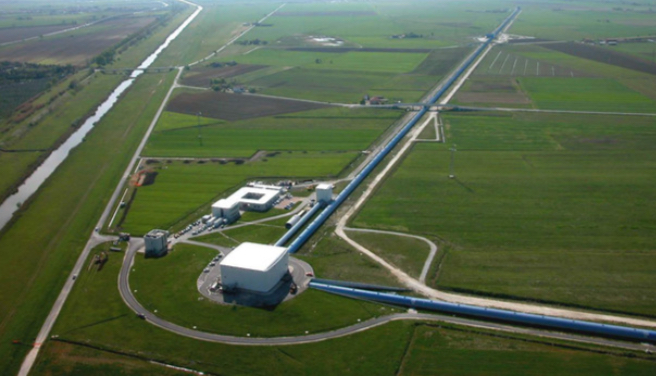 4 km arm interferometer (LIGO) at the Hanford site
4 km arm interferometer (LIGO) at the Hanford site
The Domain of work
In a bigger picture, I was working on bettering the sensitivity of current gravitational wave detector by overcoming the standard quantum limit. My task was to work on table top experiments (involving lots of optics and electronics) and to essentially observe opto-mechanical coupling (or more specifically optical spring effect) in a seismically isolated optical cavity. To break it down further in simpler language I was trying to measure the effect of photon radiation pressure. If you figured it out, yes I am an experimentalist…not as smart as theorists !! :P Though I worked for LSC during my second year intern at MPI Germany, yet the domain of work at ANU was totally different and new to me therefore I spent a few weeks reading some books and papers and once I had enough background, I was dragged to a sophisticated clean laser lab to work on my cool experiment.
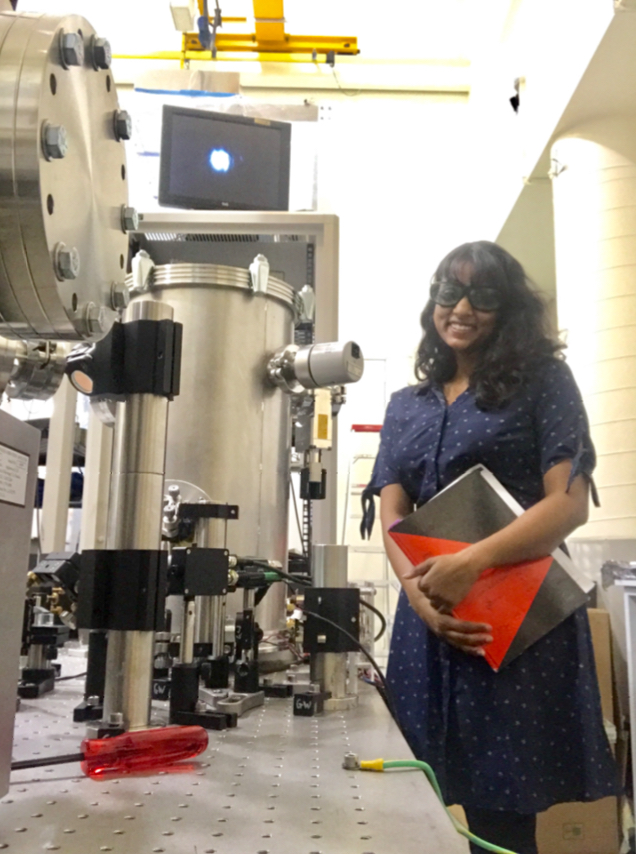 Up on the screen, that’s the fundamental mode of light !!
Up on the screen, that’s the fundamental mode of light !!
Despite the fact that the work I was doing requires a considerable amount of experience, I was able to do it only because of the constant support and input of my postdoctoral mentor who was always ready to troubleshoot any problem in my experiment. Apart from this, the lab environment was pretty accommodating, I was allowed to come to the lab at any time 24*7 (I did go on weekends to collect measurement in the hope of less noisy data :P). Our Muti-cultured group of Indians, Aussies, German, Dutch, Kiwis etc used to go out for dinner and drinks on Fridays which I believe helped me to bond a lot better with my colleagues and mentors.
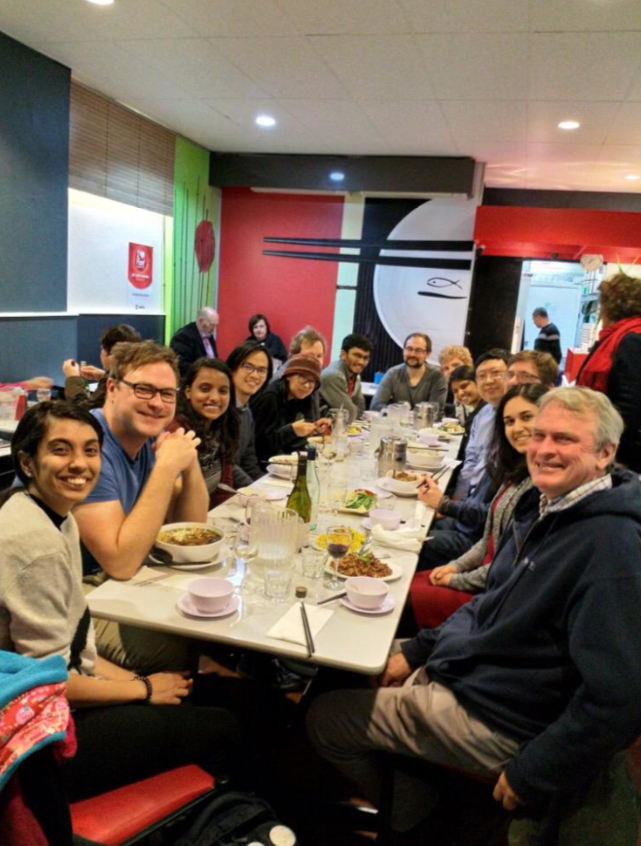 Friday evening drinks with the group :)
Friday evening drinks with the group :)
Canberra is the capital city and unlike most of Australian cities, it is not situated on the coastal line. Also, Australia is different in terms of seasons from the rest of the world, Aussies celebrate Christmas in summers . Since it is in the southern hemisphere, it experiences winters (min -4 celsius) from May - July and summers in December- February. Taking you back to the history of the city which is no older than one and half century, when the different Australian colonies formed the Commonwealth of Australia, the new country needed a capital and both Sydney and Melbourne wanted the honor. However it was later decided to build a new capital at Canberra and a competition to design the new city was held which was won by Walter Burley Griffin. So, yes, it is a planned city and yet it is naturally vibrant, you can encounter possums and kangaroos even on the ANU campus.
To justify the heading, let me address the beauty in the peace and silence of the city. Canberra has very less population density and also it is surrounded by hills with a big beautiful lake at the heart of the city which upholds my former statement about serenity. On a bright, sunny day, nothing is as satisfying as enjoying barbecue and drinks by the lakeside. You can go hiking to nearby hills and mountains (Mt. Taylor, Mt. Ainslie, Black Mountain) which is always fun to do solo or with a group, also you can easily encounter vibrant Australian wildlife during such hikes ( Don’t worry you won’t encounter poisonous snakes and spiders !!)
If you are done with Canberra and start missing the crowd, you can head to Sydney which is not very far. Sydney offers you a bunch of interesting deals, some of my favourites are walking along Bondi beach, and a ferry to Manly. I visited Sydney during lights festival when the whole area near Opera House and Darling Harbour was covered by a sheet of light. “ My arrival to the city was marked by skepticism, but departure with the hope of the arrival”
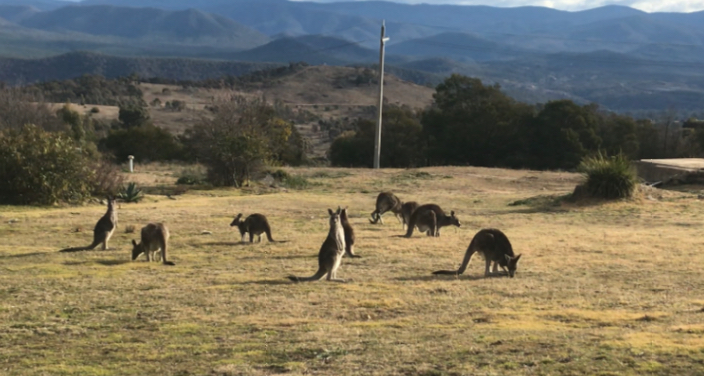 Kangaroos in their natural habitat
Kangaroos in their natural habitat
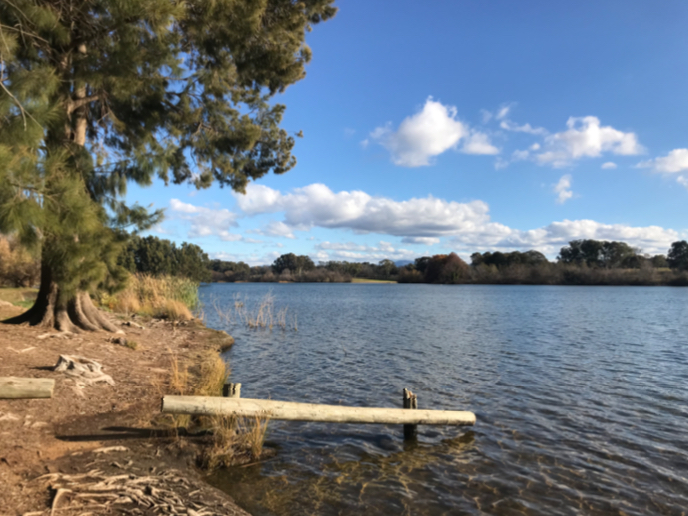 Lake Burley Griffin on a sunny day
Lake Burley Griffin on a sunny day
For me the major upshot, apart from academic and technical knowledge, is the impression that research always involves iteration, one can succeed in it if she/he is enjoying it and having pleasure in finding things out. I did have many setbacks during my project but the only thing that kept me going was the amusement at how beautiful and predictive things in physics are. I feel, after this internship I developed a more profound and firm belief in science and rational thinking.
At last, I want to add, please don’t adapt to the herd mentality, I know there is always pressure on us ( especially at the end of sophomore year) to get a good internship and so on, but never forget you won’t be able to perform up to your limit until you are enjoying your job. No matter how rarely travelled the desired path is, follow it, I am not sure if you’d be successful at it but you will definitely be satisfied. I too had the choice to opt for more conventional paths like data science or my core but I knew that the only thing that excites me is physics and today I am happy and satisfied with my pick. Since I am Richard Feynman’s fangirl, I would love to end this with his quote taken from ‘Surely You’re Joking, Mr. Feynman!’—
“You have no responsibility to live up to what other people think you ought to accomplish. I have no responsibility to be like they expect me to be. It’s their mistake, not my failing.”